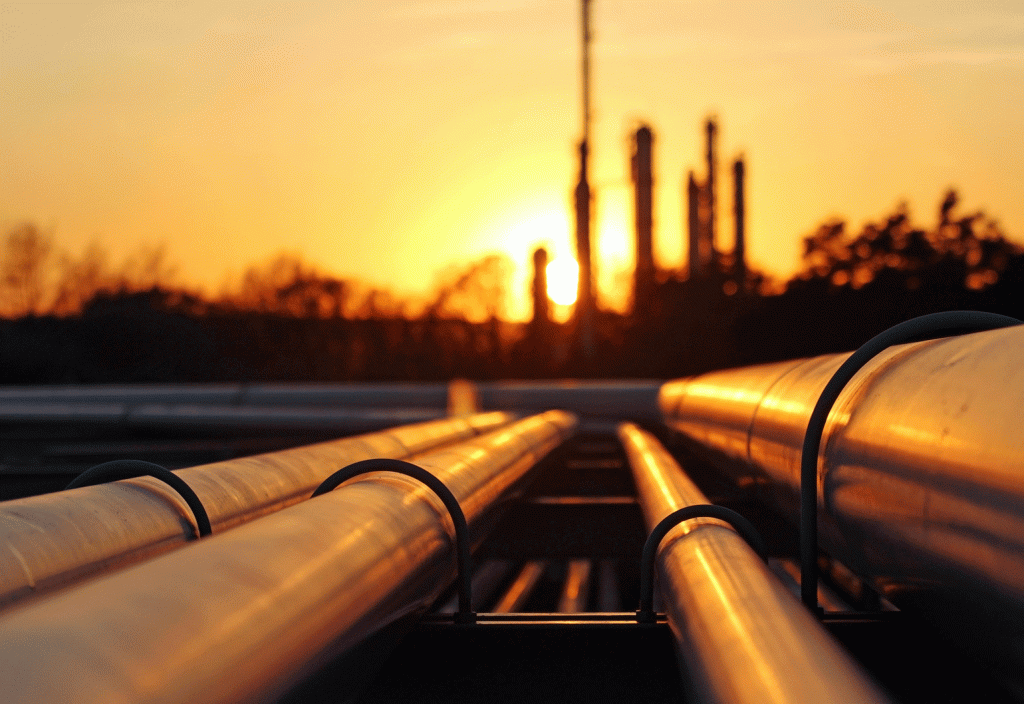The government will review Australia’s ability to weather disruptions to liquid fuel supply as local oil reserves dwindle. These findings will feed into a broader review of Australia’s energy security, including electricity and gas, in 2019.
The announcement was welcomed by Engineers Australia Energy Security Spokesperson Neil Greet, who said Engineers Australia (EA) has been advocating for a deeper review of liquid fuel security since 2014 as part of wider energy security policy considerations.
“We have been critical of successive federal governments for failing to conduct their own national energy security assessment since 2011, and pleased that Minister Frydenberg has now announced a liquid fuel security review to be conducted in 2018 with a wider national energy security assessment in 2019,” Greet said.
Keeping oil in the black
In an article published on Monday in the Canberra Times, Energy Minister Josh Frydenberg stated liquid fuel (including petrol, diesel and jet fuel) accounts for 98 per cent of the nation’s transport fuel, and 37 per cent of our overall energy use.
Over the past decade, Australia has increased fuel imports to 75 per cent of crude and 55 per cent of refined oil products. This follows the closure of three of our seven domestic refineries, and a one-third reduction in local fuel production due to the exhaustion of oil fields.
As a result, our domestic oil holdings have fallen to below the 90-day reserve required under Australia’s obligations as a member of the International Energy Agency (IEA).
The reserve is mandated to ensure that in the case of a major disruption to worldwide oil supplies, IEA members will have enough oil to meet their own needs while also helping to plug the gaps in global supply. Previous triggers have been the 1991 Iraq war, Hurricane Katrina in 2005 and the Libyan conflict in 2011.
Frydenberg said Australia has held under the 90 day reserve since 2012, with our oil holdings currently at 49.6 days of net imports.
He added the Turnbull government plans to restore its compliance with the 90 day reserve by 2026, and has introduced a mandatory reporting scheme for the refinement, consumption and stock levels of liquid fuel.
The minister also stated that while the IEA has commended Australia’s efforts to return to compliance, they have highlighted the country’s vulnerabilities to unexpected changes to demand patterns in the APAC region, and disruptions to supplies from the Middle East.
This assessment has been backed up by the NRMA, the Australian Strategic Policy Institute and other independent analyses.
A matter of energy security
The latest call for Australia’s low oil reserves to be treated as a national security issue has come in a report from the Parliamentary Joint Committee on Intelligence and Security (PJCIS).
The committee raised concerns about Australia’s vulnerability to “regional geo-political instability”, including the South China Sea dispute.
Committee Chair Andrew Hastie told the Australian that 50 per cent of our imported diesel and 60 per cent of our jet fuel comes through the South China Sea.
“That leaves Australia very vulnerable to coercion through a disruption of our liquid fuel supply,” Hastie said.
The IEA has emphasised the need for Australia to ensure the security of other energy sources such as natural gas and electricity, stating that “consistent energy and climate framework up to 2030/50 is needed at the Commonwealth level to ensure continued and adequate investment in the energy sector”.
Greet said taking a security lens to energy policy will allow engineers to explore risks and vulnerabilities in our energy systems beyond pure economic considerations, which have dominated energy security calculations for decades.
“Engineers bring a technology specific view to energy security risk but also offer an opportunity to assist the exploration of systemic risk in energy systems,” he said.
